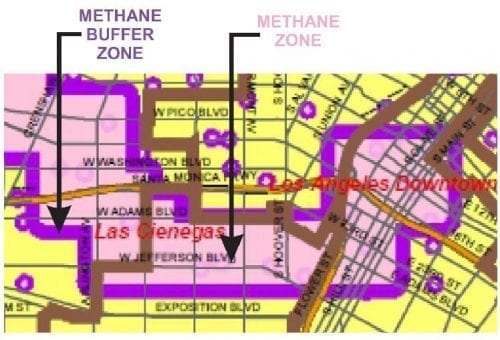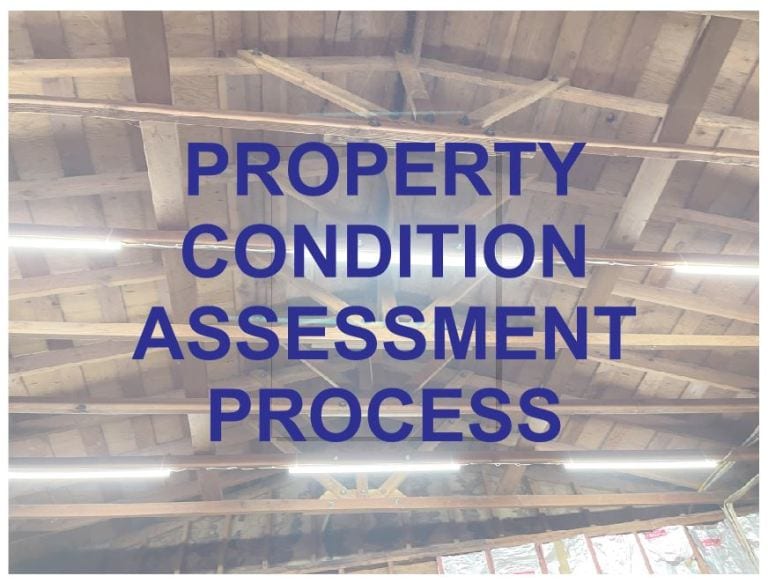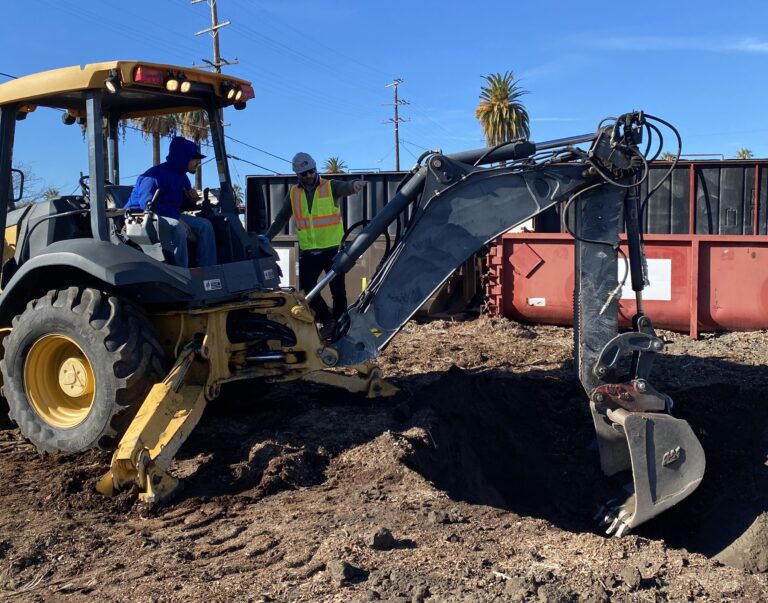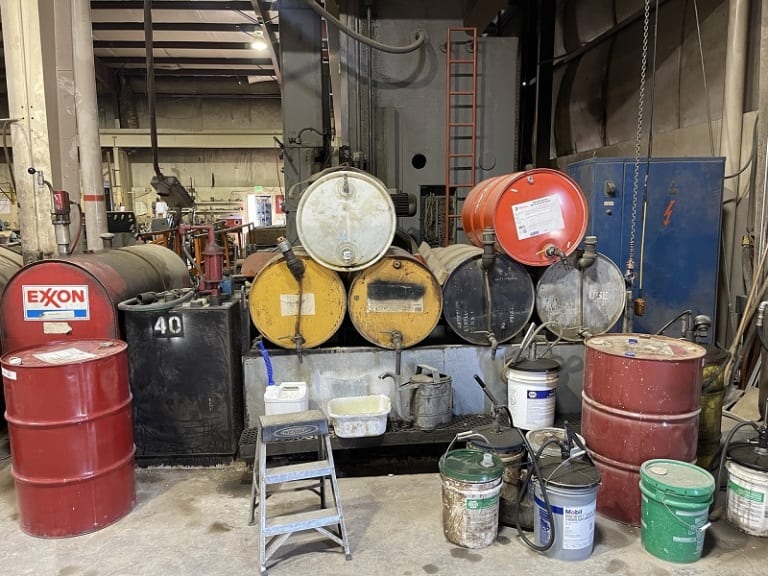Environmental Compliance Violation
An environmental compliance violation is a government-issued citation against a business or landowner, for wrongdoings that break environmental laws. These acts can be intentional or unintentional occurrences of poor business practices, which are harmful to the environment. Thus, violations can scale from minor infractions to misdemeanors and felonies. Nonetheless, the business owner is fully responsible for correcting a violation and paying penalties. Environmental laws and regulations are in place to protect the land, air, water, and health of the public. And environmental compliance policies are in place to ensure the general public maintains proper records, permits, and good housekeeping standards for the generation, storage, and disposal of hazardous waste. Failure to abide by any of these rules results in an environmental compliance violation. Updated October 29, 2930.
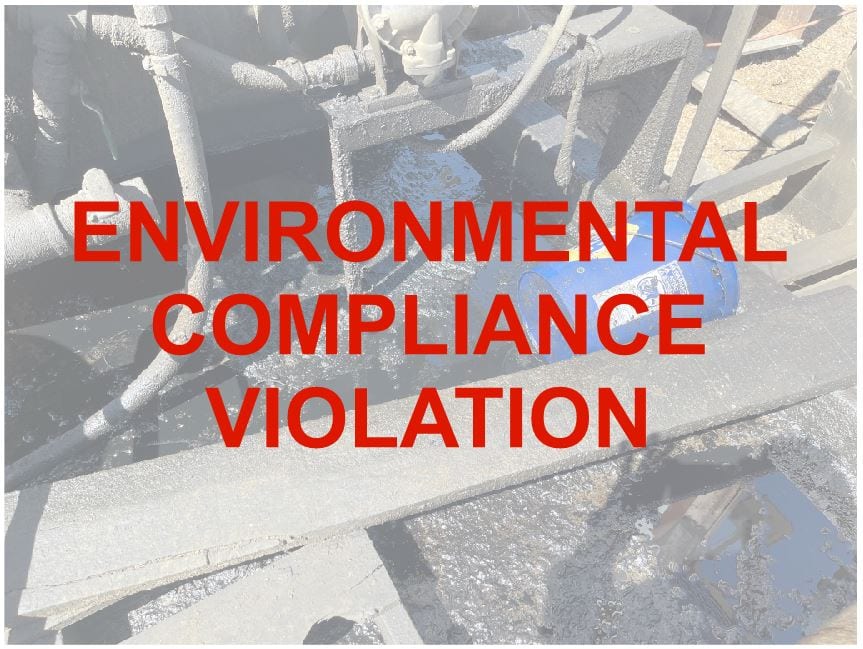
Types of Violations
There are various actions that constitute a violation of environmental compliance laws. And the severity of the laws which constitute the illegality of action varies by jurisdiction. Moreover, environmental compliance violations can be grouped into general categories. When reporting, receiving, or trying to avoid a citation for a violation, the key points to consider are:
- Is the violation of a one-time occurrence, or is it ongoing?
- Is this situation an emergency involving a major spill or radiation release?
- Was this an accidental violation, or was the pollution intentional?
- What are the media affected (land, water, air, etc.)?
- Are there potential impacts on the health or well-being of workers and the general public?
- Is this a violation involving documents or potential fraud?
Dumping Violations
Illegal dumping refers to intentionally disposing of a hazardous substance in a way that is unsafe and illegal. This includes pouring chemicals onto the ground or into the ocean, as well as disposing of hazardous waste by including it with regular trash for pick-up. This type of violation is usually intentional and constitutes a criminal offense.
Spill or Release
A spill is an accidental release of contaminants into the environment. This could be a slow leak coming from a storage container, or a quick release if a container spills or breaks. This type of violation only becomes a criminal offense if the responsible party fails to report the accident, or if someone tries to cover it up.
Illegal Chemical Use
Typical industrial operations are widely known to use and generate hazardous waste materials. And regulatory agencies do understand this is a requirement for certain industries to exist. In fact, even today there are many types of hazardous materials allowable within industrial facilities, for use in the way intended. However, the problem is that the use of some chemicals are also banned. For example, polychlorinated biphenyls (or PCBs) have been illegal in the United States since 1979, due to the proven bodily harm it poses to humans and animals. And this is a chemical that has been widely used for industrial purposes.
Regulation
Nonetheless, centuries of ongoing pollution now warrant the requirement for regulatory oversight and toxic waste management. For instance, consider the action of spraying pesticides for commercial use. Today, there are a variety of pesticides that have been banned due to their affiliation with poor health. Thus, this is a commercial activity that requires close observation for environmental compliance. In fact, the use of illegal spraying materials may be a criminal offense. As a result, a facility’s usage, generation, and disposal of hazardous waste must be regulated. And this is best accomplished by records keeping, and document review during audits and inspections.
Falsification & Fraud
Violations of a fraudulent nature typically surface within the bureaucratic aspect of hazardous waste management. And there are many underlying environmental issues that are cause for concern in this matter. Falsification of documents can range from tampering with laboratory results to producing fraudulent records regarding the generation and disposal of hazardous waste. But with today’s strong concerns for the environment and technological support, regulatory agencies are sure to catch actions of falsification and fraud. Moreover, discrepancies exposing fraud can easily arise during a lender-driven environmental questionnaire and Phase 1 Environmental Site Assessments. Thus, it is best for companies to operate legitimately. And an environmental compliance violation can be avoided by using a third-party environmental engineering company to perform environmental compliance audits.
Warning Signs
If there is suspicion of a potential environmental compliance violation within a community, citizens are encouraged to report the information to regulatory health agencies. For instance, a business that appears to be unlawfully leaking liquid-waste chemicals into the storm drain should be brought to the attention of the County Health Department. For reporting a possible environmental compliance violation, there are a few common signs to look for which could be indicators of a potential violation:
- Strong chemical odors that are unusual or offensive.
- Dead wildlife such as fish or birds in the area around the suspected violation.
- Pipes exiting a facility that do not connect to sewer mains or water treatment units.
- Visible oily slicks floating on bodies of water.
- Storage drums or barrels that appear to be rusting, corroded, or leaking.
- Barrels that seem to be out of place, or appear suddenly where they don’t belong.
Reporting an Environmental Compliance Violation
The EPA and local health departments make it simple for civilians to report suspect violations. Reportings can be quick and anonymous, especially through the EPA’s Online Reporting Platform. In fact, per the current environmental laws and health and safety codes, there may be a legal obligation for any individual to report a spill or release that could affect public health. Properly reporting any environmental compliance violation is the first step to cleaning up the site, and remaining in good regulatory standing.
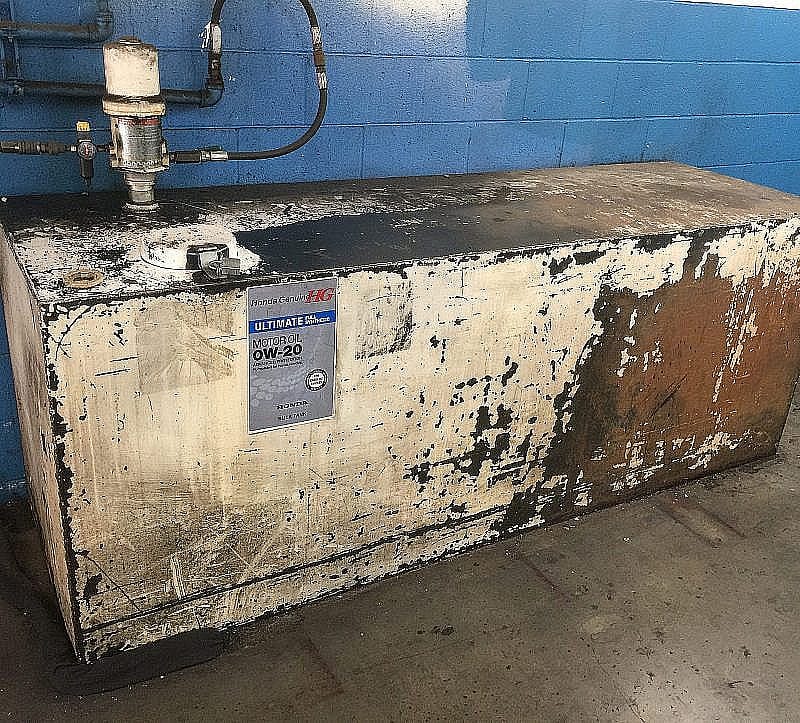
Financial Penalties
In most cases, it is more cost-effective to take responsibility and stay in compliance, rather than paying violation fines and remediation costs. For example, in 2015, the EPA reached a settlement with a contractor in Puerto Rico, requiring the company to pay a $500,000 penalty for violating the Clean Water Act. The reason some industrial facilities step away from environmental compliance is typically to cut costs. But as history has shown, regulatory agencies see to it that polluters found guilty of an environmental compliance violation spend more in the long run.
Avoiding an Environmental Compliance Violation
The only certain way to avoid the costly penalty of an environmental compliance violation is to remain in good standing with regulations and standards. As our society intends to make environmental regulations increasingly strict year after year, it will become even more important for businesses to understand and follow the laws. Accordingly, an environmental compliance audit can be helpful to preemptively address the environmental conditions of any facility, in order to prevent violations, costly penalties, expensive contamination remediation, and most of all, damage to the environment.
Authors
Written By: Michael Joseph Sabo
Edited and Co-Written by: Adam Azad Kaligi, PG
Sources
The United States Environmental Protection Agency (USEPA)




